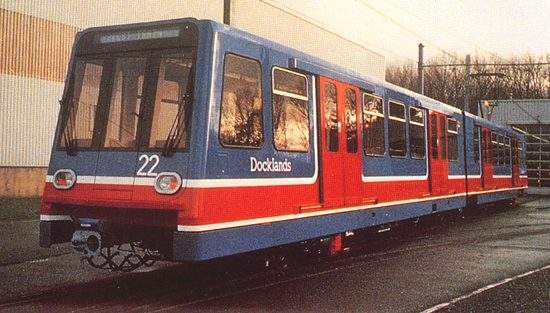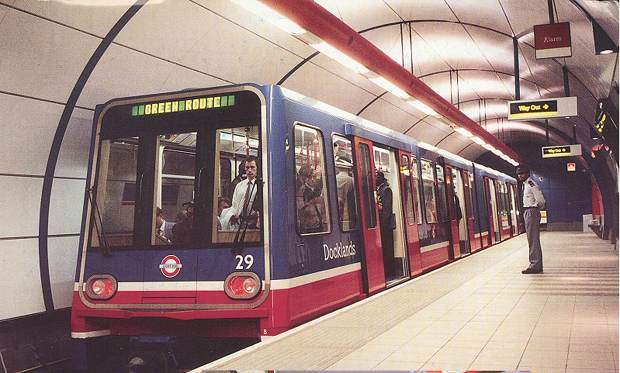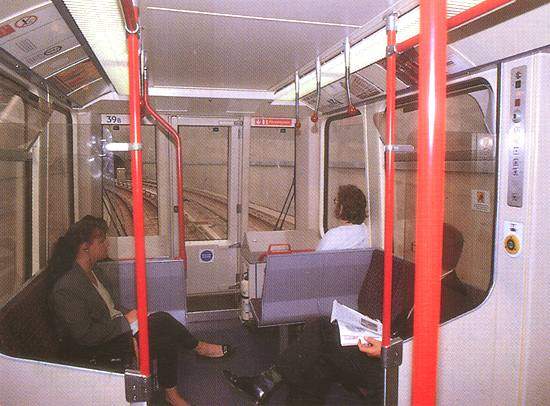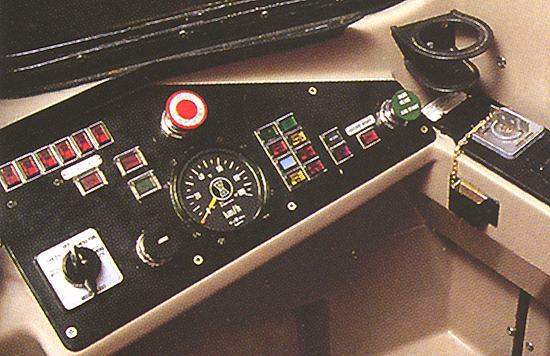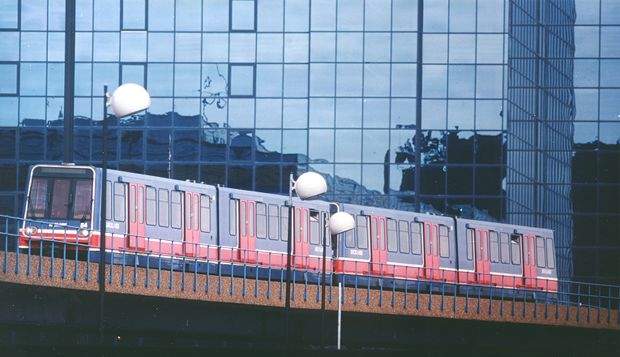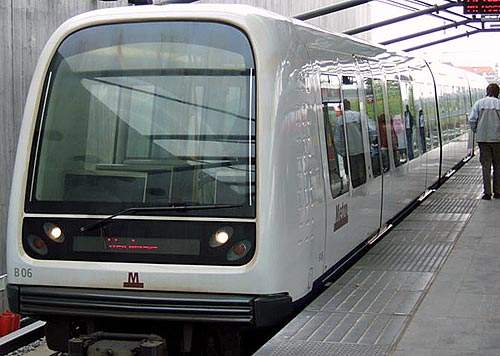Identified in 2006 as ‘a haunted project’ by a Greek minister for Town Planning, Environment and Public Works, attempts to create a metro for the country’s second city have proven to be troubled and much delayed.
The Thessaloniki prefecture in northern Greece’s Macedonia region has a population of over a million, mostly concentrated in the intensively-developed city, spreading at length along a curving bay of the Thermaikos Gulf. Thessaloniki is a commercial and tourist centre, also a domestic and international transport hub for road, rail and air.
The project
The city’s reliance upon a road network that evolved before the era of mass transport, lacking parking spaces and with only buses providing public transport, led to a plan for a metro being devised in the early 1990s. Initial aims included a 2006 opening, in time for Expo 2008, for which the city made an ultimately unsuccessful bid to be host city.
The metro indicated modelling on the London Docklands Light Railway, with automated driverless trains. The initial consortium agreement involved an agreement with Bombardier Transportation for the supply of vehicles. A start was reported in 1999, then a host of legal objections and appeals stifled the project and it was suspended in 2003. It wasn’t until 2006 that significant developments occurred for resumption of the scheme, albeit featuring some changes of participating organisations.
In August 2005, Public Works Minister Giorgos Souflias announced that a tender (the largest public work project to have been tendered in Greece) to build Line 1 had been awarded to an international consortium. It is being led, with a 28% share, by domestic construction giant AEGEK, also a significant contributor to the Athens metro expansion programme. Project funding has been derived from the Third Community Support Framework (CSF) programme and a loan from the European Investment Bank (EIB). Project duration leading up to public operation is expected to be 78 months.
Infrastructure
In April 2006 a contract was signed between Attiko Metro (the Athens regional transport operator), who will oversee the project, and Ansaldobreda. In July of that year excavation for the system began with tunnel boring machines starting at the future line’s western end near the site of the city’s main heavy rail station. Cut and cover will be used for stations and at the ends of the line.
In this area of historical significance, the works will be preceded by archaeological explorations. The plan remains for a fully automated driverless system, initially for a twin-bore single route of 9.6km (5.97 mile).
Built completely underground, the line will have thirteen stations with 60m centre-island platforms, all fitted with platform edge screens and doors. Stations will be at New Railway Station, Dimokratias, Venizelou, Aghia Sofia, Sintrivani, Panepistimio, Papafi, Efklidi, Fleming, Analipseos, Patriakiou, Voulgar and Nea Elvetia.
Rolling stock
Supply, maintenance and repair of stock are covered by contracts for the project. A depot that will allow for handling an enlarged fleet is to be built in the Votsi area at the line’s eastern end. With a change of intended supplier from Bombardier to AnsaldoBreda SPA of Italy (also suppliers of Sirio trams for the Athens), the nature of the trains for Thessoloniki metro is subject to confirmation.
However, AnsaldoBreda has provided the Giugiaro-designed driverless three-car articulated LRV sets for the automatic Copenhagen Metro system. Key features of the likely 18 two-car vehicle Thessaloniki metro fleet include a third rail 750V DC power supply, air conditioning and a high-density internal layout with closed-circuit television and prominent information and security systems. The system will be built with a capability of a 90-second headway, although initially three minute headways are planned.
Signalling and communications
Automatic train operation equipment allows each vehicle to be operated by means of an on-board computer, if necessary without any human intervention. Automatic train protection equipment will provide additional safety measures by monitoring the progress of each train and having the capability of bringing any train to an automatic stop in the event of it passing a danger signal.
Staff in a central control room at the depot complex can communicate directly with passengers or operating staff on board each train as required.
One of the system’s major benefits is a reduced need for lineside equipment which helps achieve considerable savings in maintenance costs. Should the need arise, each train can be operated manually, albeit at reduced speeds.
The future
The target completion date for opening the Thessoloniki metro is 2012. When this long-standing commitment by the Greek government to the northern city is finally realised, residents and visitors should gain faster journey times and an improved environment above ground as road traffic levels decline.
Given the protracted nature of this project, extensions would appear to be far in the future. However, Macedonia Airport, Greece’s second busiest, is a potential destination, as are Stavroupoli to the north and Kalamaria to the south, which would diverge from the initial route.

